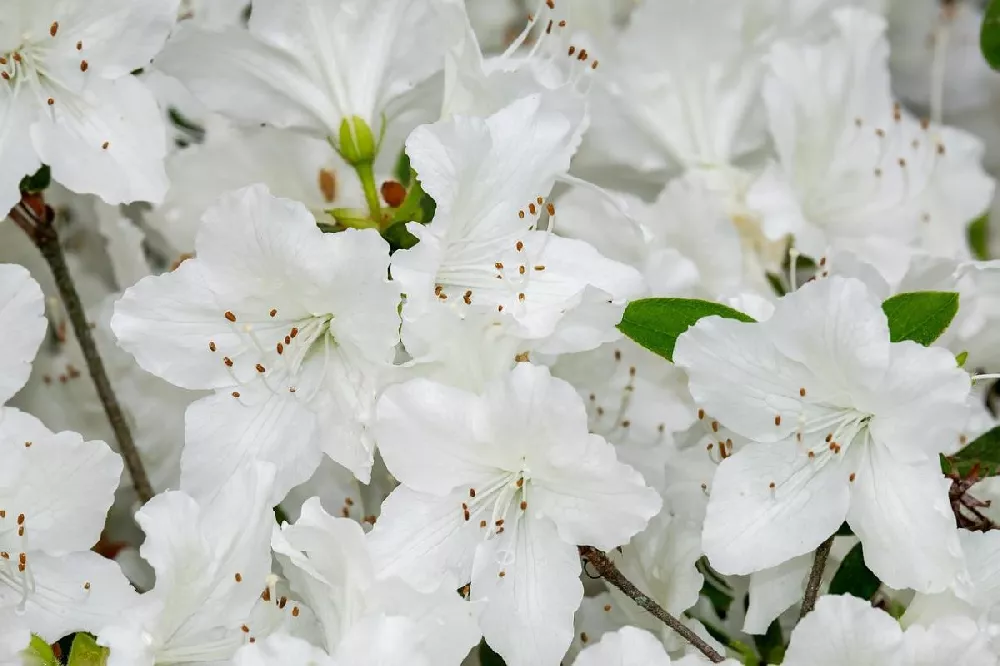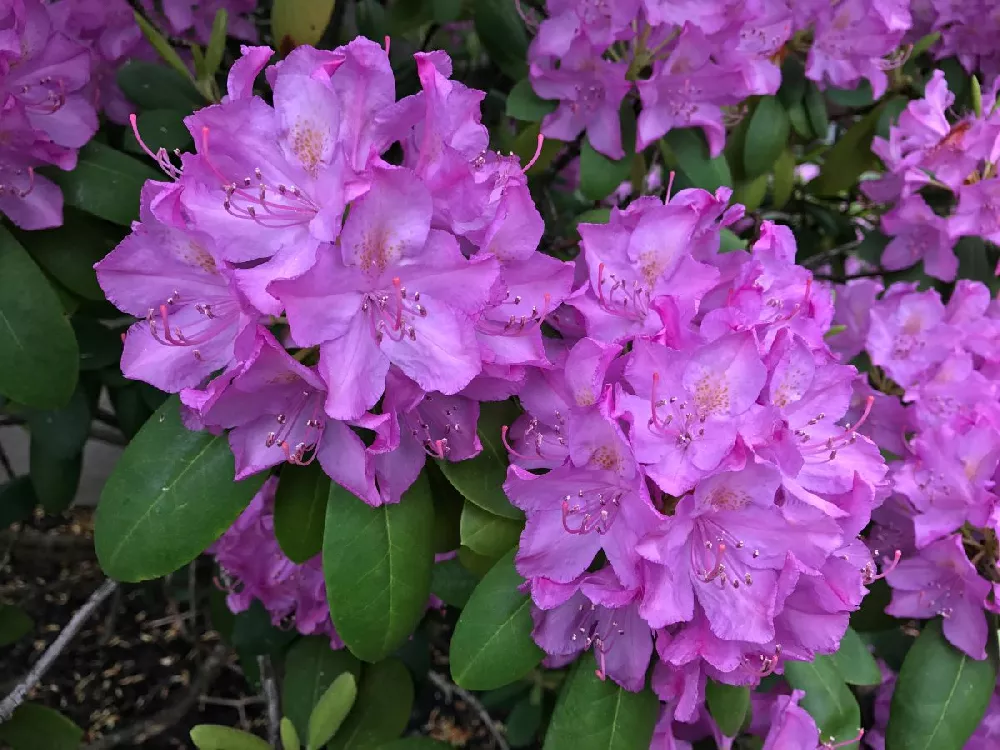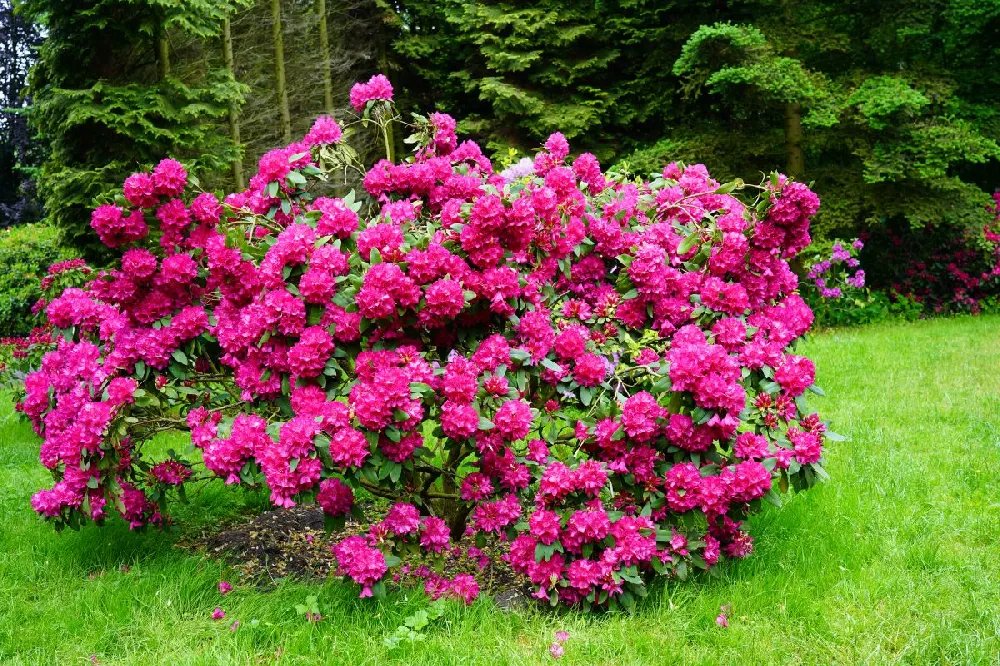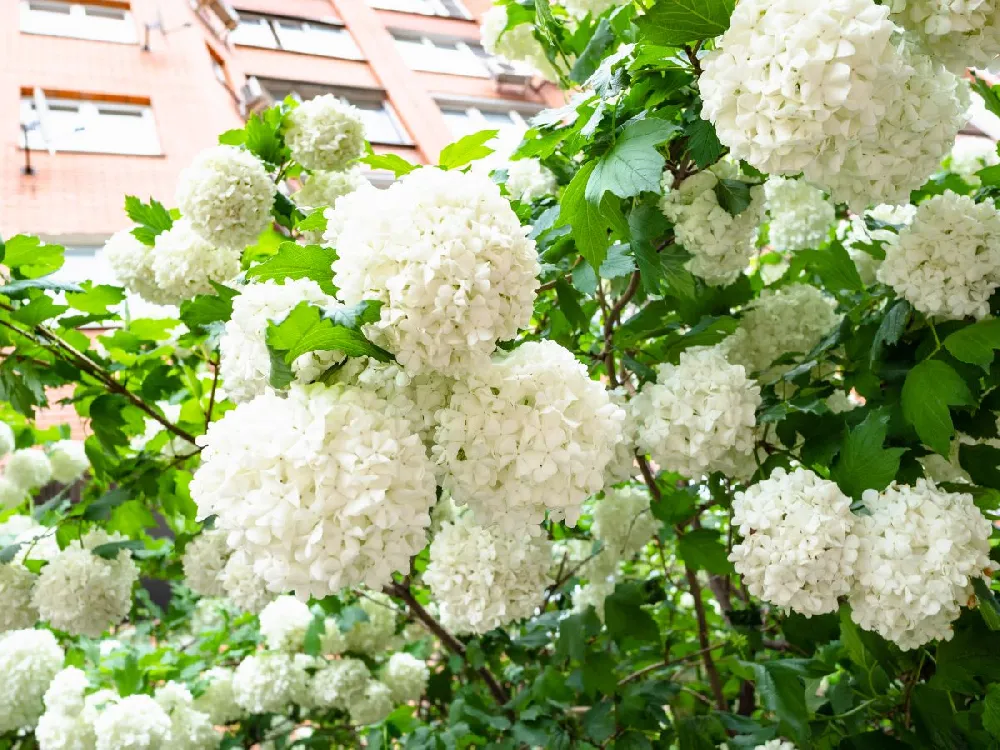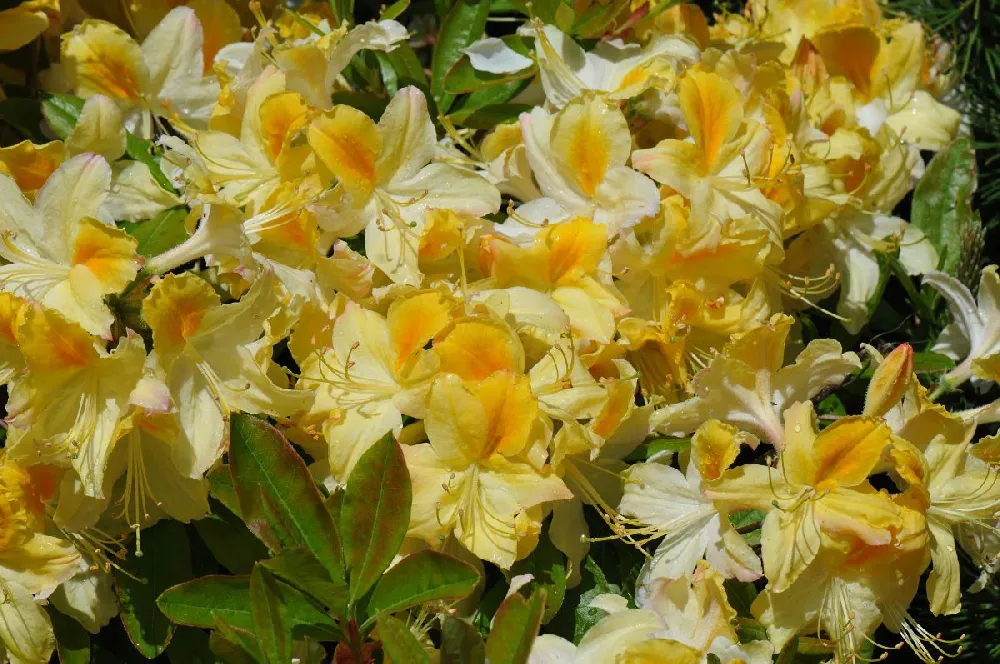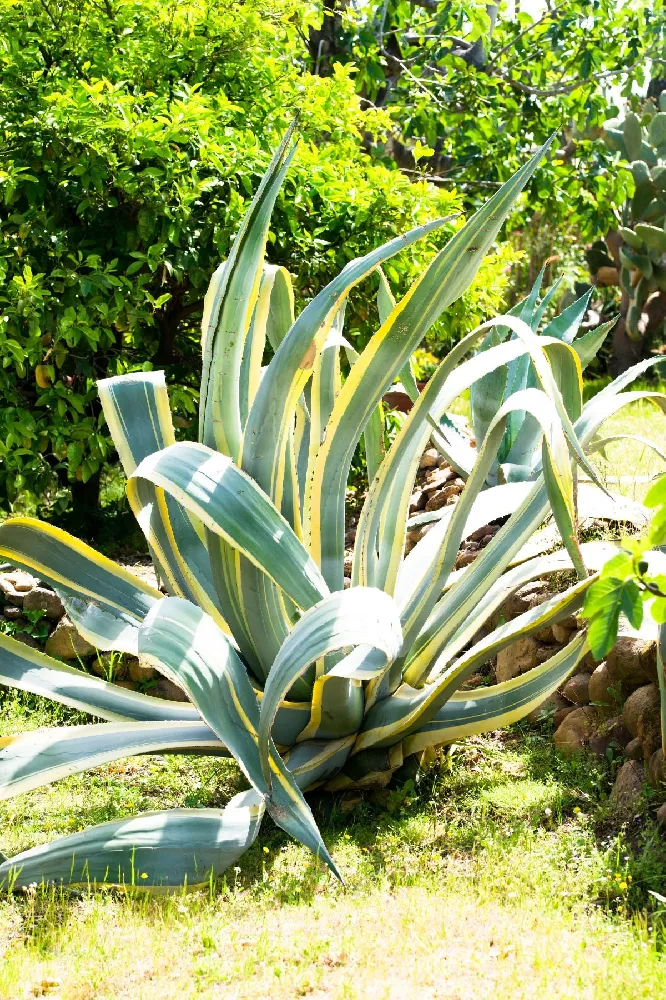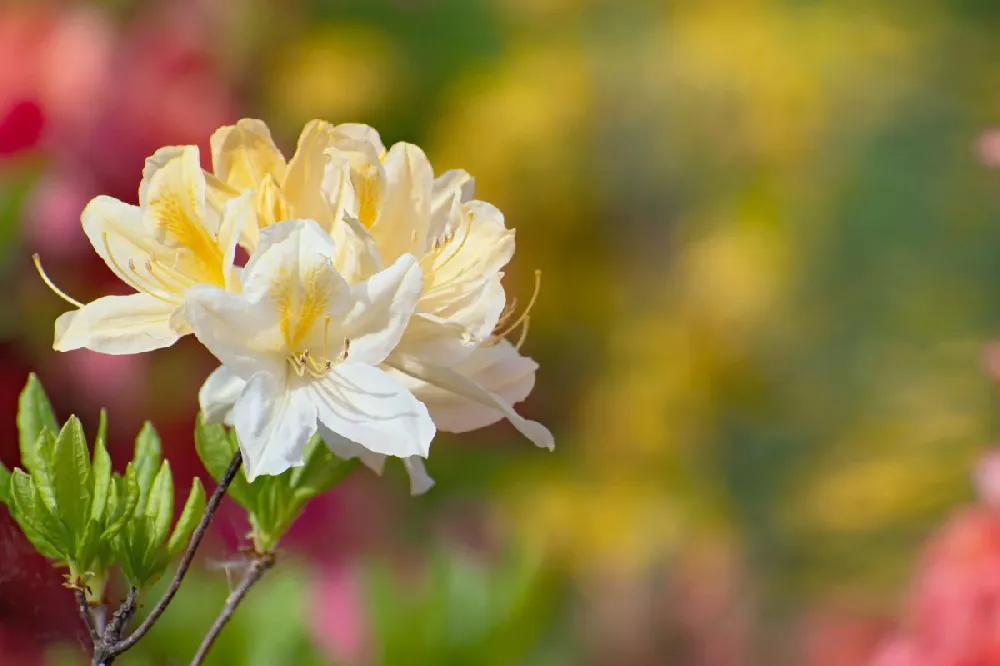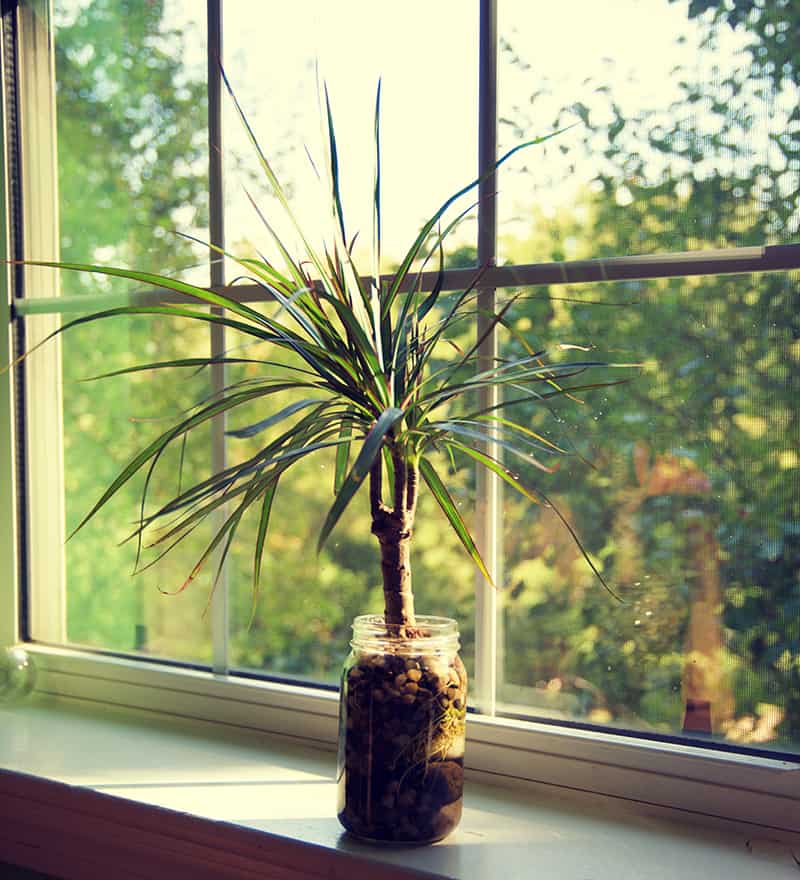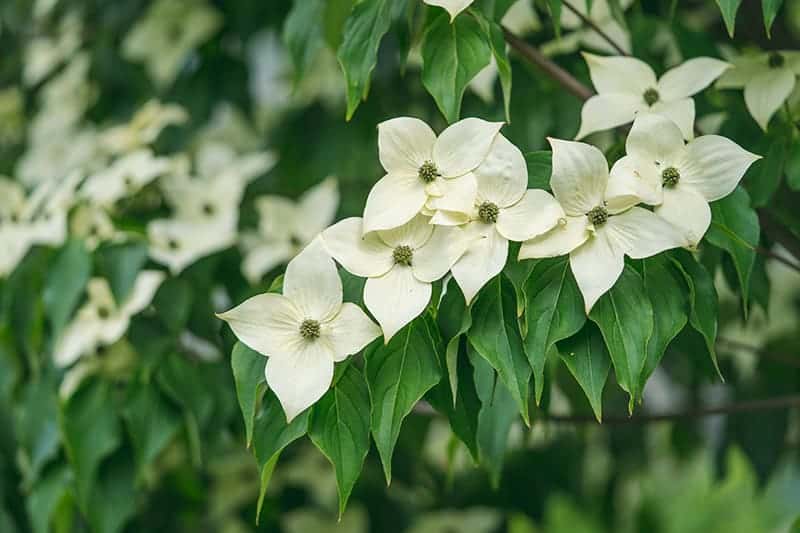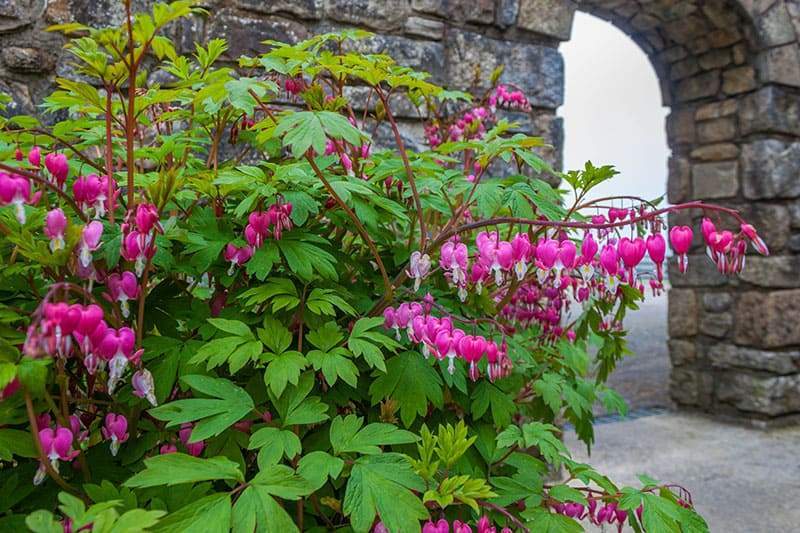- Home >
- Rhododendron Shrubs
Rhododendron Shrubs for Sale - Buying & Growing Guide
7 Results
Rhododendron Shrubs – Buying & Growing Guide
Rhododendrons anchor many spring gardens with their glossy green leaves and spectacular blossom clusters. During the rest of the year, these evergreens add a stately presence to your landscaping. Explore the different varieties of rhododendrons and see why these bushes are so beloved by gardeners.
How to Plant Rhododendrons
Rhododendrons, along with their close cousin azaleas, are generally shade lovers. They are native to the forests of the eastern U.S., so you will have a good chance for success if you plant them where they will get some light or dappled shade but will not be in the hot sun all day long. A spot with good morning sun and afternoon shade is ideal. If you live in cooler regions in the far north, your bush can handle more sun, up to six hours a day.
Another factor to consider when siting these attractive bushes is the pH of the soil. They love acidic soil with a pH as low as 4.5 to 6. It is easy to do a simple pH test of your soil. If you find the pH to be too high, there are many options. Adding compost or peat moss helps lower your pH, and there are acidifying fertilizers and additives available from your garden store that will help as well.
How to Grow Rhododendrons
- When. Plant rhododendrons in spring after the danger of frost is past or in early fall, six to eight weeks before the anticipated
- Where. Plant in well-draining, humus-rich soil that has a pH of 4.5-6. A spot with partial sun is best.
- How. Unpot your bush and tease out any encircling roots. Dig a hole that’s a little deeper than the root ball and twice as wide. Mix a few handfuls of well-rotted compost or manure into the hole and place the root ball in the center. Fill in around it with soil mixed with compost or manure. Tamp down and water thoroughly.
How to Care for Rhododendrons
- Watering and nutrients. Water plants during the growing season if you get less than an inch of rain a week. Mulching can cut down on the need for watering. Fertilize as directed with a product formulated for acid-loving plants.
- Pruning. Prune out dead, diseased, or broken branches whenever you see them. If you need to prune to control growth, do so after the bush is finished flowering.
- Pollination. Rhododendrons are pollinated by bees, hoverflies, and butterflies. Each flower cluster can produce thousands of seeds which are then spread by wind or water.
